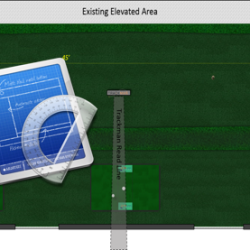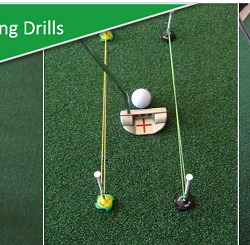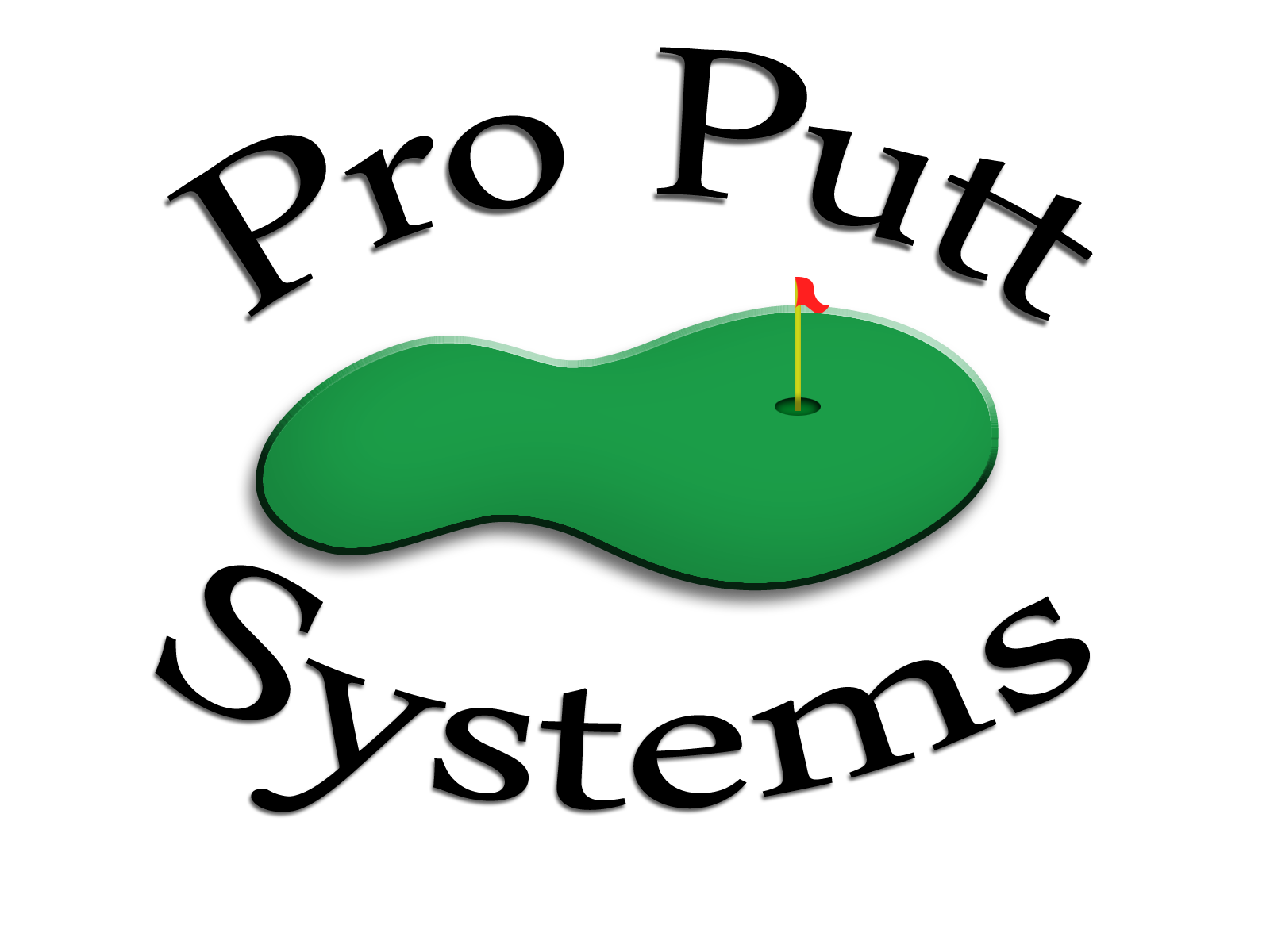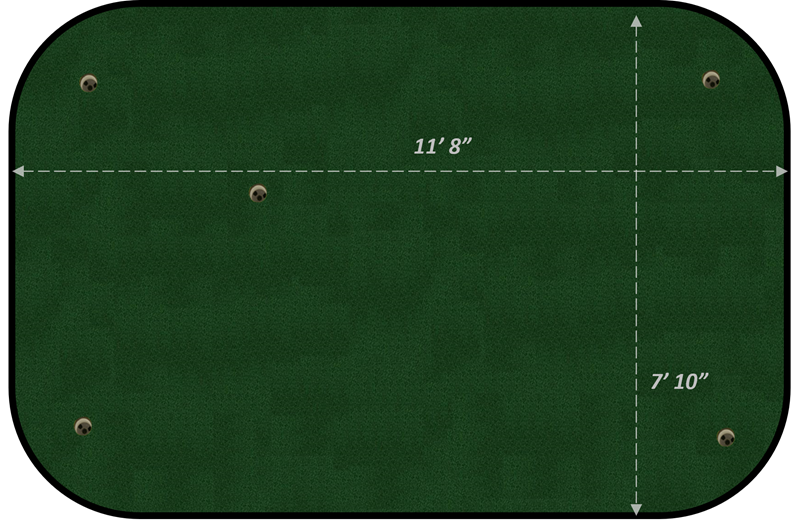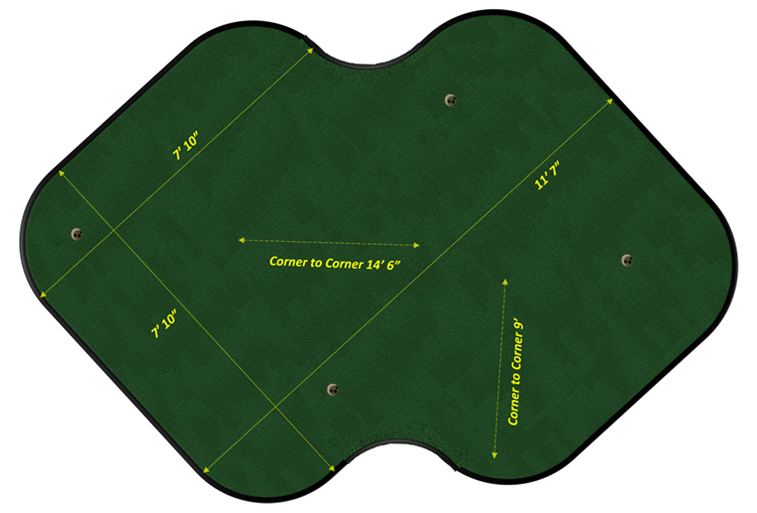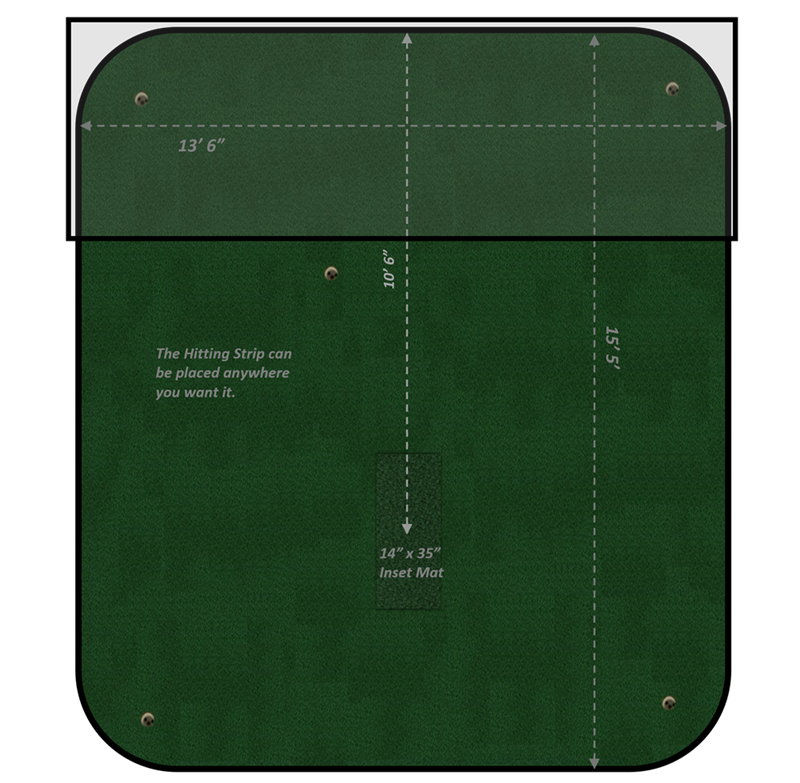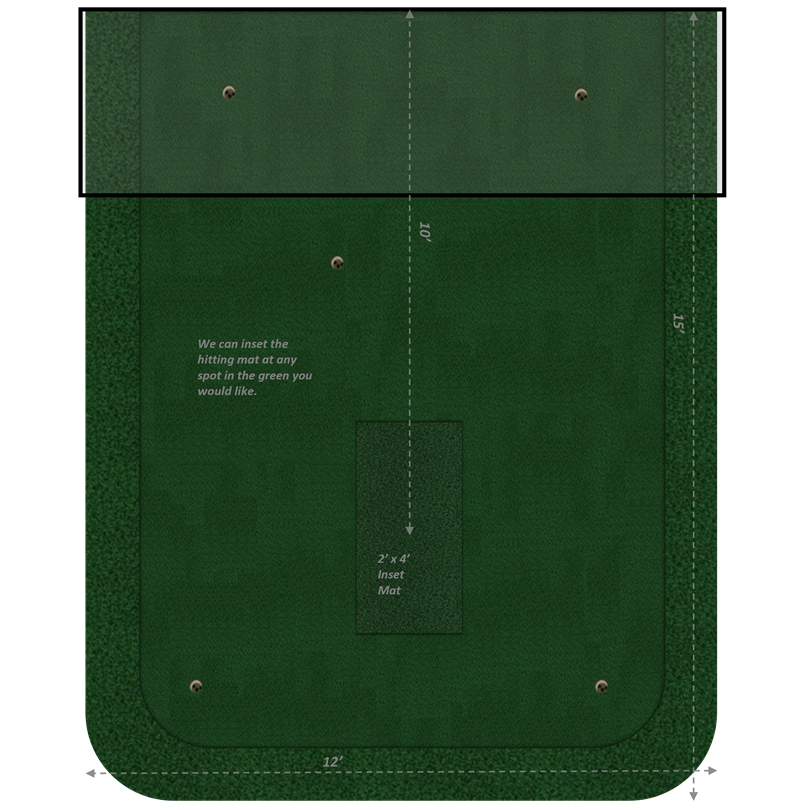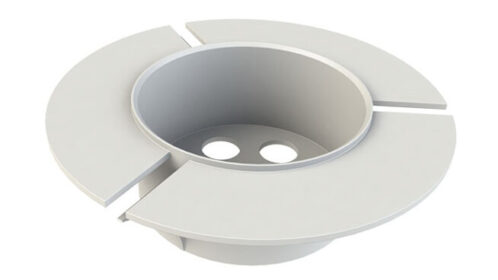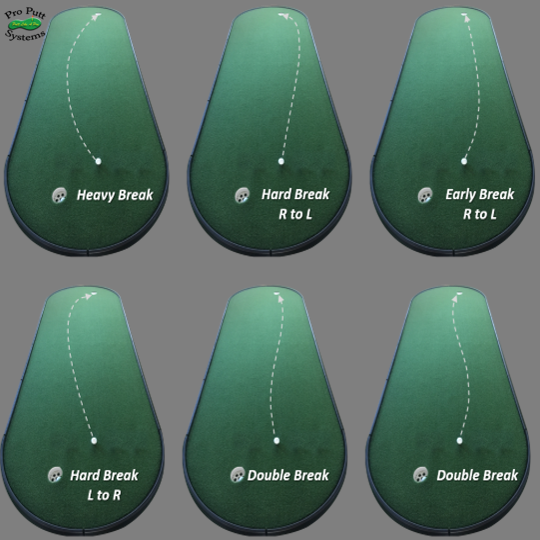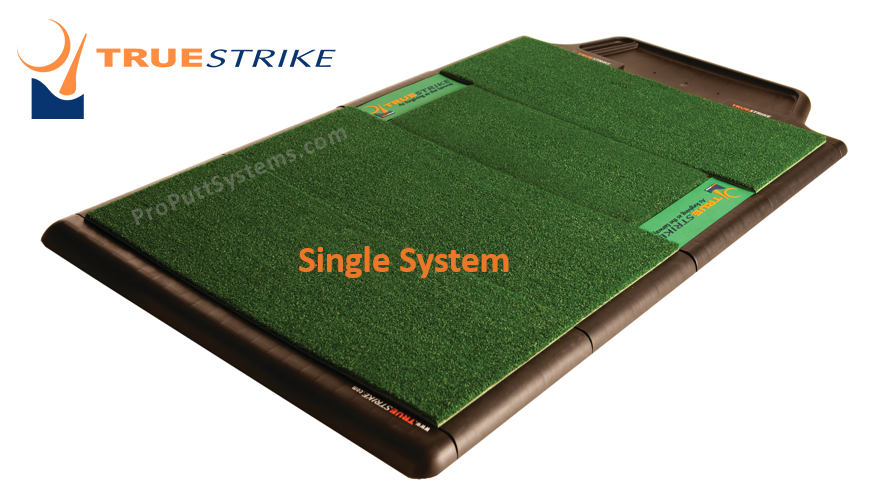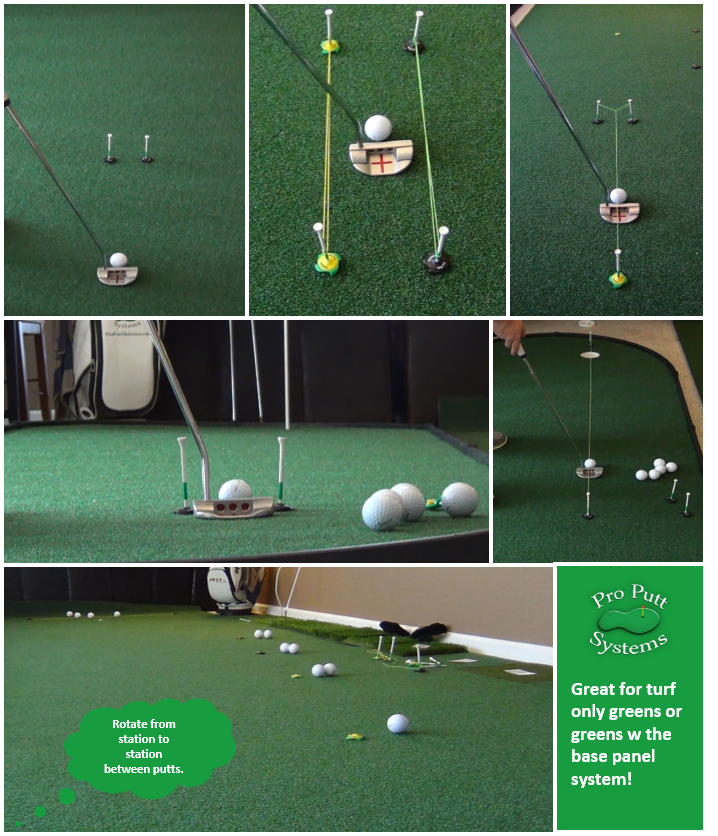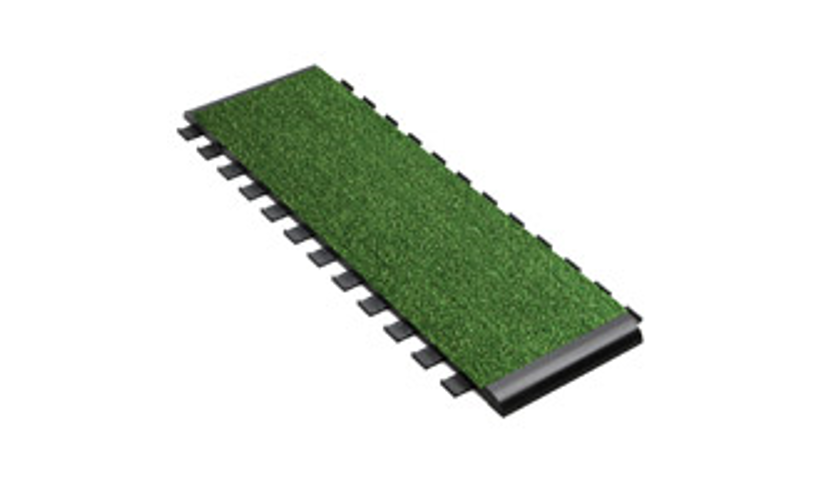7 Putting Drills – Speed Control and Short Putt Consistency
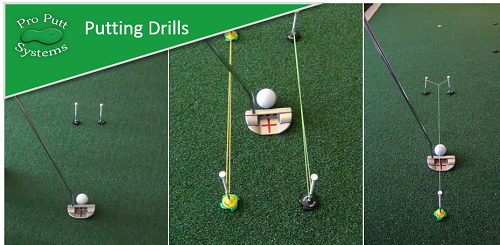
Putting Drills, they sound so boring, so mundane, that most people don’t do them to improve their putting stroke. Well, the fact is, if you’re not doing putting drills, you are costing yourself shots.
Everybody knows that golf is more enjoyable when you play better and score better. People that are serious about their golf game are always trying to break some scoring mark or move their handicap index to a lower number, maybe you just want to beat a long time nemesis (aka golf buddy).
Putting drills are the quickest way to minimize those annoying misses and most importantly; putting drills will help you hit par putts that you’re currently missing. There is nothing more annoying than a 3-putt after hitting a decent drive, then hitting a solid iron shot to 18 feet, rolling the birdie putt up 4′ short and missing the par putt.
That 3-putt scenario is the result of two easily fixable putting issues, speed control and short putt consistency.
In handicapped events; if you’re a higher handicapper, say 12 or 16 and you are having a hard time beating lower handicappers in the 3 to 7 range, it is a virtual certainty that 3-putts are the issue. In match play events at your club, which are incredibly common, the handicap system levels the field like no other format. No other format gives the higher index player a better shot at beating a good player. The 12 HC or higher player will beat the better player, when and only when they minimize 3 putts.
Speed Control Putting Drills
1) Multi Station Drill with Single Target and Max Distance Line
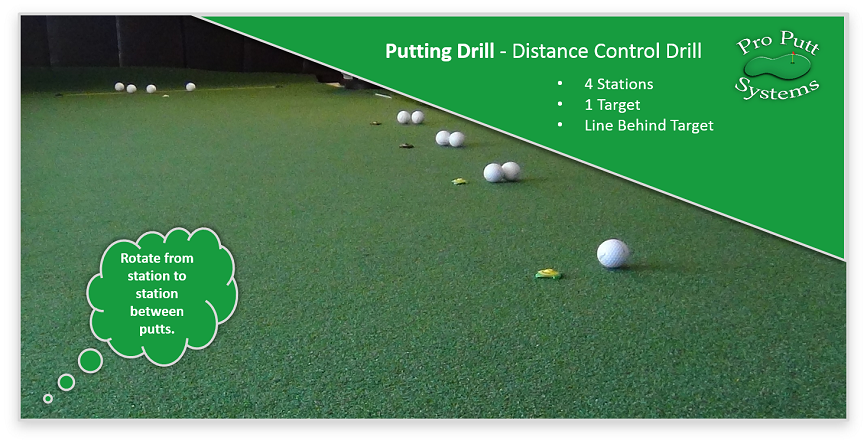
The essence of this putting drill is that you are moving from station to station in an alternating fashion in order to establish a new set up on each shot. A new set-up requires a new pre-shot routine for each putt and pre-shot routine is incredibly important, especially when pressure is turned up.
As you move between stations, you will align to the target and make a putt where the distance is just as important as the alignment. You’ll note there is a line behind the target spot which your ball should not drift past. Each putt should roll past the target, but not past the line behind the target.
2) Single Station Quadrant Putting Drill
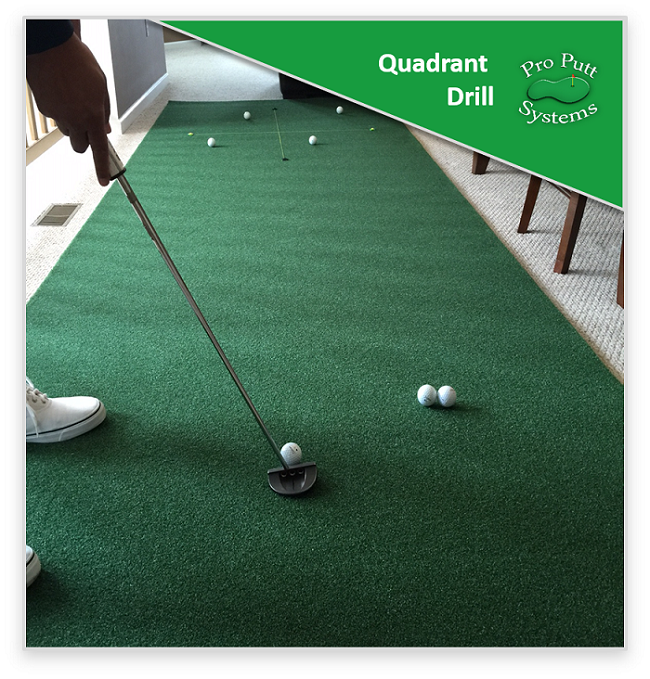
This putting drill could be the most important game of Tic-Tac-Toe you’ve ever played. Using the tee claws, create a quadrant (if you only have two tee claws) or get advanced with your distance control and set up the 9 spaces.
Simply choose a square and roll a putt that comes to rest inside the square you’ve chosen.
Set a goal and see if you can get 6 of 9 inside the chosen square, once you make your goal, try for 7, then 8 and ultimately 9 of 9.
In order to simulate pressure, be sure to commit to the “Every Shot Counts” philosophy. Never give yourself a break because your cell phone rang or your mind wandered off for a moment.
If you do wander off, force yourself to start over.
Short Putt Consistency Drills
There is nothing more demoralizing than missing a short par putt and if you think missing a par putt is tough on the psyche, how about missing a 3 foot birdie putt.
The fact is that matches are won or lost and rounds are saved or killed inside 6 feet. A solid putt that is mis-read is one thing but, open faced, sliced putts that scurry by the hole without a sniff, are inexcusable.
Drills build muscle memory and motor skills, they give you a certain level of success conditioning. Sinking short putt after short putt on your practice green will help you build positive thoughts you can draw on when standing over a knee-knocker.
3) Two Line Putter Head Gate
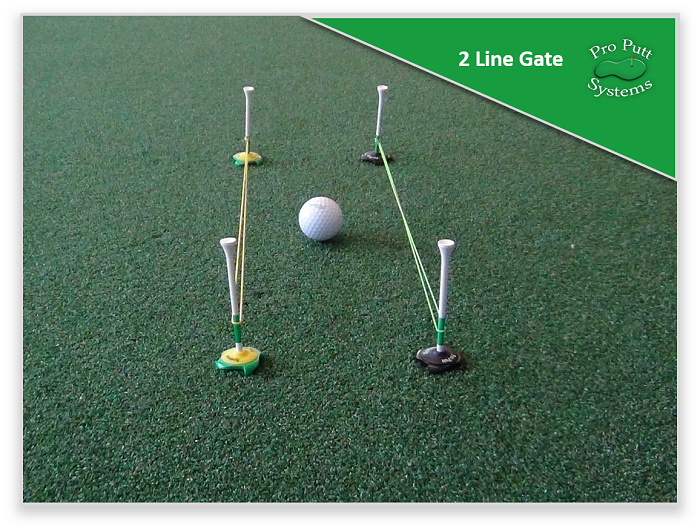
This drill can be used to hone the path the putter head will take as it travels back and through on short putts.
This drill has a 3 fold effect:
- Guide for putter head take away
- Guide for putter head at impact
- Guide for putter head on follow through
4) Three Tee Y-Gate
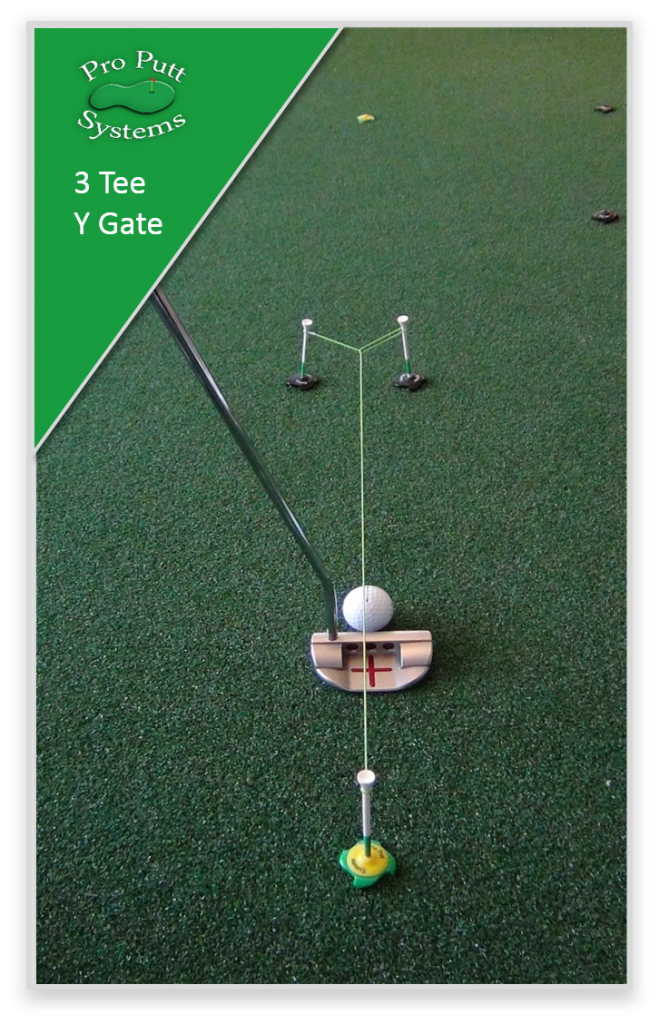
This drill helps players in three aspects of short putt consistency:
- It gives the ball a clearly defined path, down the line, where it must travel
- It helps keep the take away short and compact which reduces room for error
- It also helps the putter head stay low on take away and follow through
As you can see in the graphic, you don’t need a cup to putt into (although a cup is optimal). You can use the Tee Claw and Lanyard to create the Y-Gate and another Turf Screw as a target. This will work on high quality turf, or on your carpet.
5) Putter Head Gate
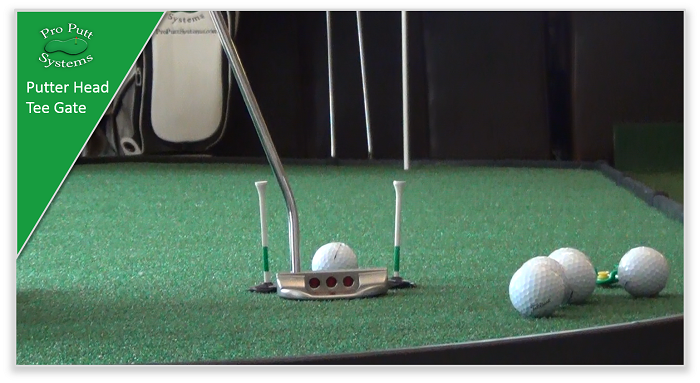
While the last couple drills are geared towards getting the ball rolling straight off the putter head, this drill is geared toward avoiding the mis-hit.
Mis-hits, or, not hitting the ball in the sweet spot of the putter head, will cause a myriad of issues with putts of all lengths.
Mis-hits:
- cause the ball to leave the face in the wrong direction
- cause the ball to leave at the wrong speed
- cause the ball to actually leave the face of the putter with side spin
Any of these issues will cause you to miss short putts, I’ve actually seen all three of these issues on a single putt!
6) String Line Putting Drill
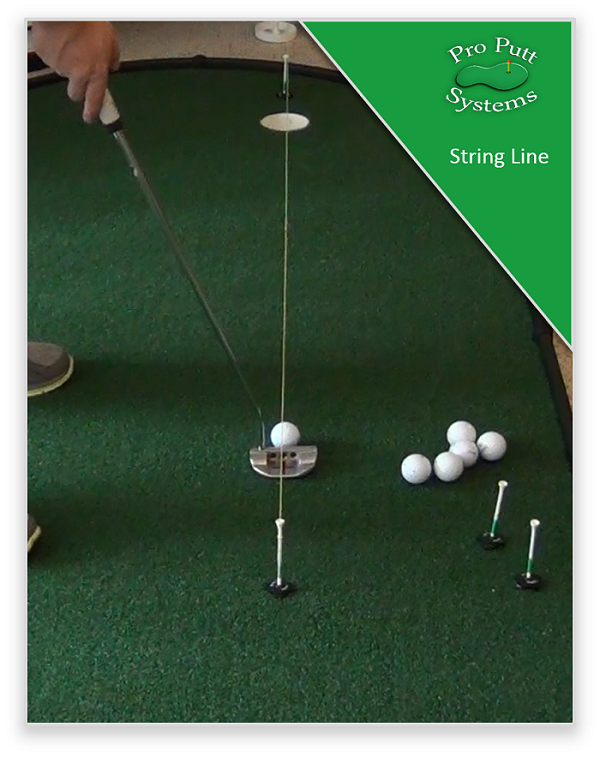
While many will view this drill as an alignment drill, which it is, I like to consider another important aspect of this putting drill; small target = small miss.
Marksman are trained to factor all data points available and all pertinent conditions, but they are also trained that a miss of a couple inches over 2,500 feet is the difference between success and failure.
Thankfully we are playing golf and success or failure is hardly on the line but, a similar principle can apply. What is on the “line” is the exact point where you want the ball travel over the lip of the cup and into the hole.
If the putt is straight, it should go in center cut. If the putt has some break, it should go in through the actual front door of the putt. Point is if you choose a very small target and not just the entire cup, your aim will be precise and your misses will be fewer.
Another key to this drill is eye position. As you can see the string line is directly over the ball at address, this is a great way to be sure your eyes are positioned directly over the center of the ball at address, an important aspect of alignment and squarely hit putts.
7) Ball Gate Putting Drill
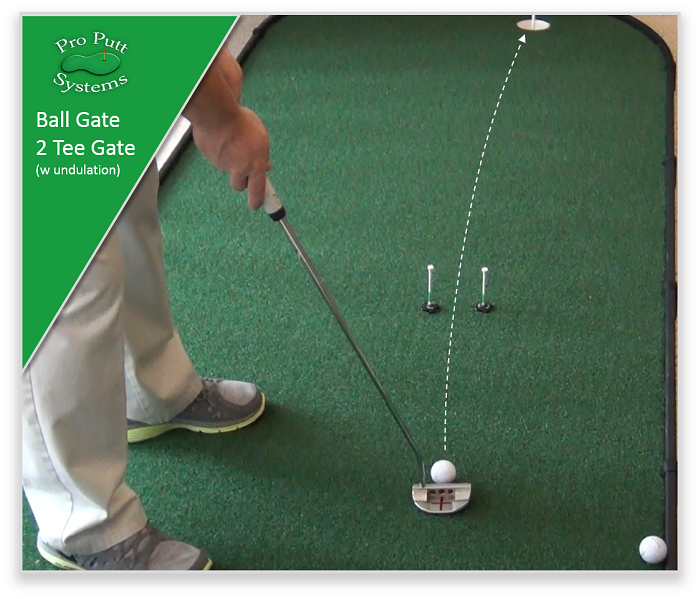
The unfortunate fact is, not all short putts are straight. Yes, some will break left or right. However, just because a putt is breaking doesn’t mean you have to help it break…
Far too often I see poor putters cut across the ball in some sort of subconscious attempt at helping the ball break to the hole. It’s obviously a nervous reaction to a touchy putt but, its a killer.
The ball gate drill will help you stay honest on those shorter putts that do have some break. If you push it or pull it off the putter blade, the ball will not travel through the gate. Breaking putts must start on the correct line in order to naturally use the slope to break toward the hole…and enter in the actual front door of the cup.
……
What is a Tee Claw?
A Tee Claw is a simple little device that screws into the fibers of the putting turf and can hold a tee. All of these drills and more can be set up using these devices.

They come in packs from Pro Putt Systems like this:
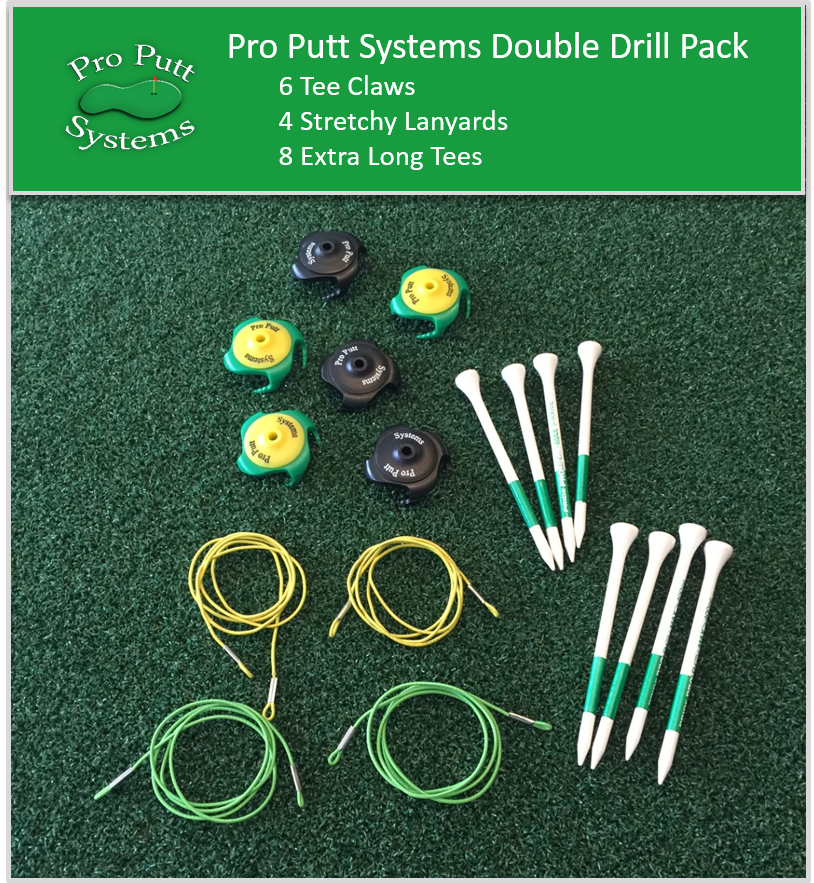
by Pro Putt Systems

